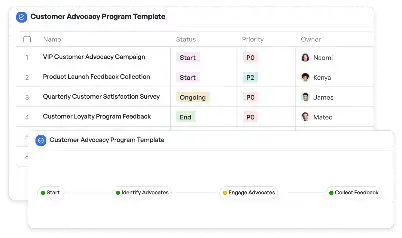BCI-Controlled Prosthetic Calibration Protocol
Achieve project success with the BCI-Controlled Prosthetic Calibration Protocol today!

What is BCI-Controlled Prosthetic Calibration Protocol?
The BCI-Controlled Prosthetic Calibration Protocol is a specialized framework designed to streamline the calibration process for brain-computer interface (BCI)-controlled prosthetics. This protocol ensures precise alignment between neural signals and prosthetic movements, enabling seamless functionality for users. Given the complexity of BCI systems, which involve decoding neural signals to control external devices, this protocol is critical for achieving optimal performance. For instance, in scenarios where amputees rely on BCI-controlled prosthetics for daily activities, the calibration process ensures that the prosthetic responds accurately to their intended movements. By incorporating advanced signal processing techniques and iterative adjustments, the protocol addresses challenges such as signal noise, hardware compatibility, and user-specific requirements, making it indispensable in the field of neuroprosthetics.
Try this template now
Who is this BCI-Controlled Prosthetic Calibration Protocol Template for?
This template is tailored for professionals and organizations involved in the development, deployment, and maintenance of BCI-controlled prosthetics. Typical users include biomedical engineers, neuroscientists, rehabilitation specialists, and prosthetic technicians. For example, a biomedical engineer might use the protocol to fine-tune the signal acquisition system, while a rehabilitation specialist could focus on adapting the prosthetic to the user's unique neural patterns. Additionally, research institutions working on cutting-edge neuroprosthetic technologies can leverage this template to standardize their calibration workflows. The protocol is also beneficial for healthcare providers aiming to integrate BCI-controlled prosthetics into their patient care programs, ensuring that users receive devices calibrated to their specific needs.

Try this template now
Why use this BCI-Controlled Prosthetic Calibration Protocol?
The BCI-Controlled Prosthetic Calibration Protocol addresses several critical pain points in the neuroprosthetics field. One major challenge is the variability in neural signal patterns among users, which can lead to inconsistent prosthetic performance. This protocol provides a structured approach to analyzing and adapting to these patterns, ensuring reliable functionality. Another issue is the integration of diverse hardware components, such as sensors and actuators, which often require meticulous calibration to work in harmony. The protocol simplifies this process by offering clear guidelines for hardware compatibility checks and adjustments. Furthermore, user training is a crucial aspect of BCI-controlled prosthetics, as individuals need to learn how to effectively control their devices. The protocol includes steps for iterative training and feedback, enhancing user proficiency and satisfaction. By addressing these specific challenges, the protocol not only improves the usability of BCI-controlled prosthetics but also accelerates their adoption in real-world applications.

Try this template now
Get Started with the BCI-Controlled Prosthetic Calibration Protocol
Follow these simple steps to get started with Meegle templates:
1. Click 'Get this Free Template Now' to sign up for Meegle.
2. After signing up, you will be redirected to the BCI-Controlled Prosthetic Calibration Protocol. Click 'Use this Template' to create a version of this template in your workspace.
3. Customize the workflow and fields of the template to suit your specific needs.
4. Start using the template and experience the full potential of Meegle!
Try this template now
Free forever for teams up to 20!
The world’s #1 visualized project management tool
Powered by the next gen visual workflow engine




